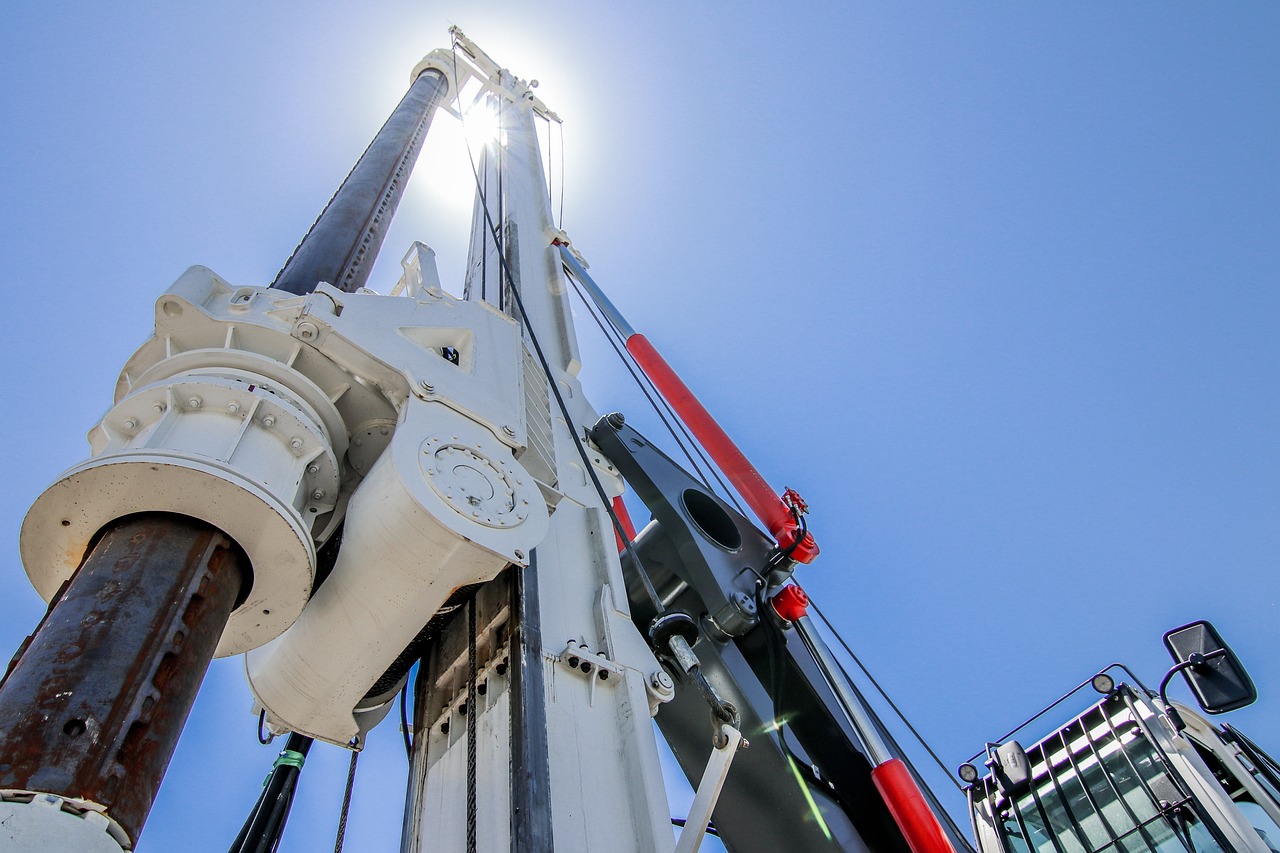Views: 9 Author: Site Editor Publish Time: 2024-05-29 Origin: Site












1. Measurement requirements: specify the physical quantities that need to be measured, such as pressure ,temperature,flow,drift and the measurement range and accuracy requirements.
2. Work environment: assess downhole temperature,pressure,corrosive media,vibration and other conditions to choose sensors that can work stably in these harsh environment.
3. Reliability and durability: give priority to sensor brands and models with good public praise and long time stable operation record to reduce the frequency of failures and maintenance.
4. Accuracy and resolution: according to the data accuracy requirements of exploration and drilling to choose sensors that can provide enough accuracy and resolution.
5. Response time: for applications that require fast feedback and real-time control to choose sensors that can respond quickly.
6. Installation and dimension:ensure the installation and dimension to match the drilling equipment and exploration tools for easy installation and maintenance.
7. Communication interface: the sensor should have a communication interface compatible with the existing data acquisition system and control system to achieve effective data transmission and integration.
8. Power requirements: consider the underground power supply conditions,choose the sensor with suitable power consumption to avoid power shortage affecting its normal operation.
9. Cost effectiveness: consider the price ,performance and expected service life of the sensor, choose the cost-effective products.
10.Technical and after-sales service: suppliers can provide timely technical support and good after-sales service to ensure the problems encountered in the process of use can be effectively solved.